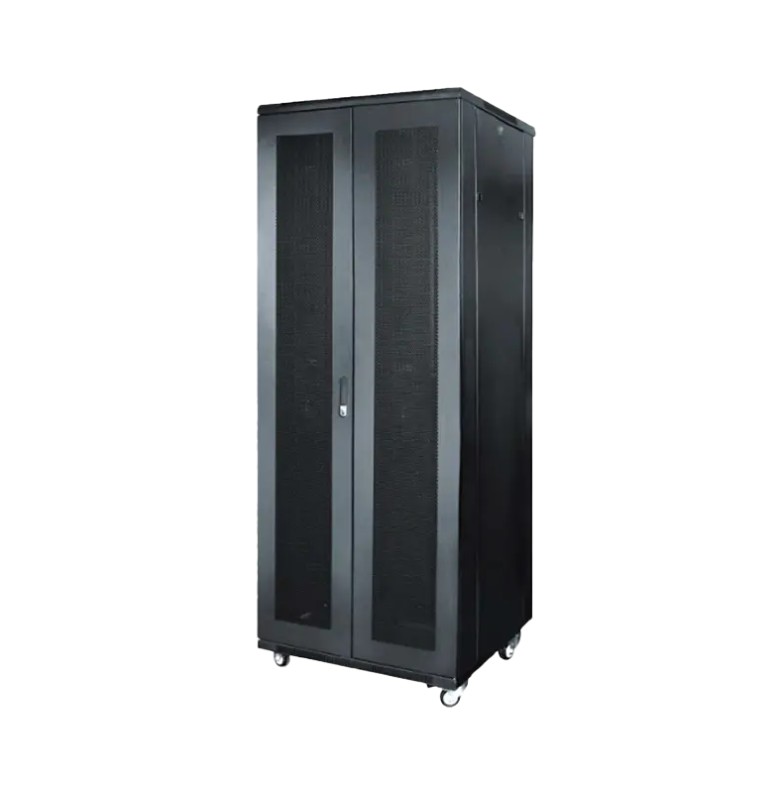Scalability is a crucial factor in evaluating whether a free-standing cabinet for network equipment can adapt to evolving network requirements. Scalability primarily encompasses the cabinet's physical space, power, and cooling design, as well as its ability to support new equipment. Here are some key aspects of scalability for free-standing cabinets for network equipment:
Cabinet Size and Space: The size and space of a cabinet determine the number and types of equipment it can accommodate. Cabinets with larger physical dimensions generally offer greater scalability, allowing for more equipment to be housed. Additionally, some cabinets feature modular designs, enabling easy addition of extra cabinet space as needed.
Power Capacity: Adequate power supply is one of the key factors in supporting more equipment. The cabinet must have sufficient power capacity to accommodate the addition of new devices and ensure each device can operate properly. Consider selecting cabinets with appropriate power distribution and management capabilities to effectively manage power resources.
Cooling Design: As the number of devices increases, so does the heat generated within the cabinet. Therefore, it is essential to ensure the cabinet has a well-designed cooling system to prevent equipment overheating. Choose cabinets with efficient fans and ventilation ports to promote airflow and maintain appropriate temperatures.
Connectivity and Cabling: Ensure the cabling and connectivity design within the cabinet is flexible to accommodate the addition and movement of new equipment. Consider selecting cabinets with easily manageable cabling systems and connectivity panels to enable quick and easy connection of new devices.
Adjustable Architecture: Some cabinets feature adjustable architecture, allowing the height and depth of the structure to be adjusted as needed to accommodate different equipment sizes and types. This flexibility significantly enhances the cabinet's scalability, enabling it to adapt to changing network requirements.
Modular Design: Choosing cabinets with a modular design can make expansion simpler. Modular designs allow for the addition of new cabinet modules as needed, without the need to modify or replace the entire cabinet.
Future Planning: When selecting a cabinet, it is crucial to consider future network expansion plans. Ensure the chosen cabinet offers sufficient scalability to accommodate potential future equipment additions and network growth.
In summary, the scalability of a free-standing cabinet for network equipment depends on its physical space, power, and cooling design, as well as its ability to support new equipment. By selecting cabinets with the appropriate size, good cooling and power supply capabilities, flexible connectivity and cabling, and considering future planning, one can ensure the cabinet meets evolving network needs and offers excellent scalability.